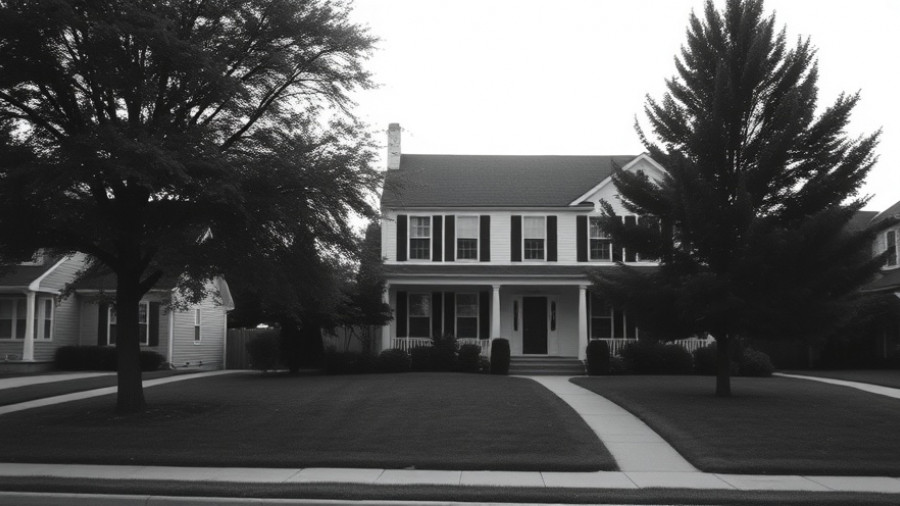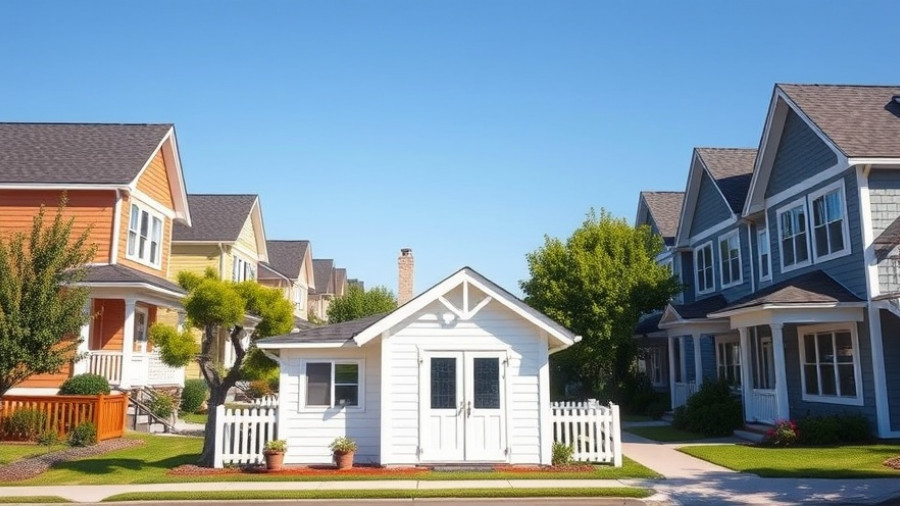
Understanding the Real Reasons Behind Rising Home Prices
In today’s real estate market, home buyers and owners alike often find themselves grappling with the unsettling truth: homes feel awfully expensive. Many blame big investment firms for this surge in pricing, thinking they’re snapping up properties left and right. However, a recent survey found that nearly 48% of Americans believe that investors are the primary culprits behind these soaring costs. The reality, however, is far more complex.
The Investor Myth Debunked
Despite popular belief, large-scale investors purchase only a small fraction of the total home sales. According to Realtor.com, in 2023, institutional investors, classified as those owning over 50 properties, accounted for just 2.8% of home purchases. This statistic suggests that the normal dynamics of everyday home sellers and buyers predominantly dictate the market.
Danielle Hale, Chief Economist at Realtor.com, also commented on this phenomenon, stating, "Investors do play a role in the housing market, but it’s not as significant as many believe. It’s essential to recognize the true factors impacting home prices.
Core Reasons for Escalating Home Prices
So, if it’s not big investors pricing us out, what’s the real issue? The primary driver of rising home costs can be traced to a significant shortage of available homes. Robert Dietz, Chief Economist for the National Association of Home Builders (NAHB), accurately summarizes the situation: "The fundamental driver of housing costs is the shortage itself—it’s driven by the mismatch between the number of households and the actual housing supply. Simply put, we need more homes to match demand.
This sentiment is echoed across other expert analyses. For instance, the insights from Goldman Sachs indicate that the U.S. housing market needs to build an additional 3-4 million homes to restore balance and enhance affordability.
The Pressing Need for More Homes
As various analyses affirm, the shortage of homes directly correlates to increased pricing. Communities around the nation are noticing a stark imbalance: more potential buyers versus significantly fewer homes for sale. Daryl Fairweather from Redfin noted that even though there are more sellers than buyers at the moment, the inventory remains constrained, keeping prices elevated.
Furthermore, restrictive zoning laws and local regulations hinder new construction projects, compounded by rising construction costs. The expenses associated with building new homes are escalating due to various economic factors, making it tough for developers to keep pace with demand.
Looking Ahead: The Future of Home Prices
While the landscape seems challenging now, forecasts suggest a potential shift as more homes come onto the market. As solutions to zoning restrictions are explored, and as the economy stabilizes, there may be hope for more achievable home prices for buyers in the near future. Moreover, as potential investors adjust their strategies, the market could become more favorable for regular home buyers seeking affordable options.
Engaging with Local Experts
If you are navigating the complexities of buying a home or seeking insights into the local housing market, consider reaching out to a real estate professional in your area. They can provide personalized advice and help make sense of current market trends.
Conclusion: Understanding the Market Dynamics
As we witness the housing market evolve, staying informed is crucial for potential buyers and homeowners. Recognizing that the core issue resides in a shortage of homes will help alleviate misplaced blame on speculative buyers. Armed with this knowledge, we can approach the market with renewed understanding and patience.
 Add Row
Add Row  Add
Add 




Write A Comment